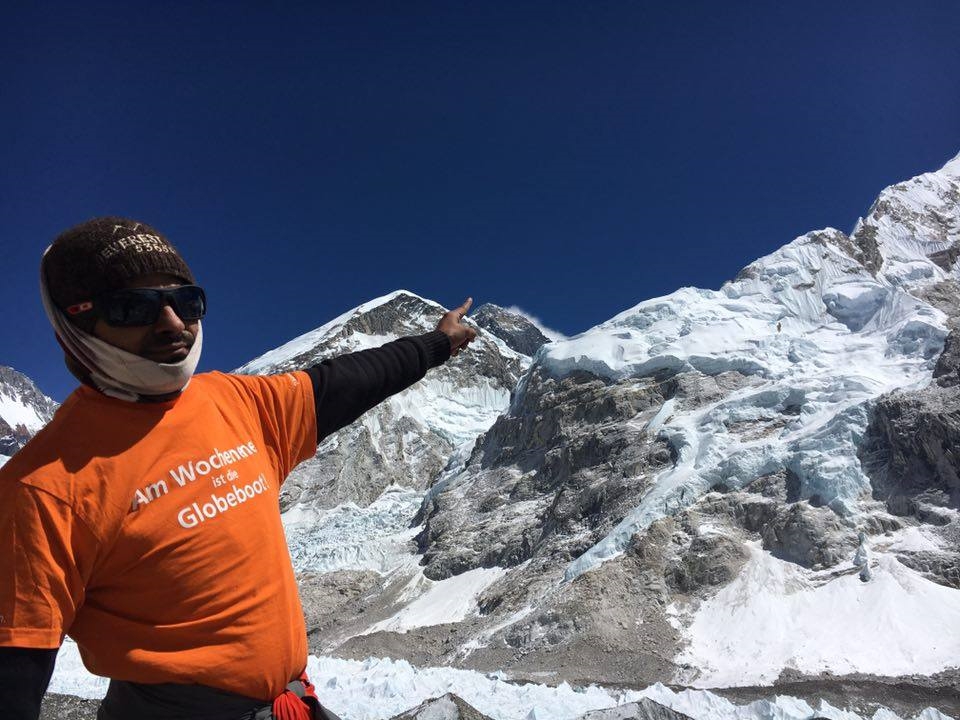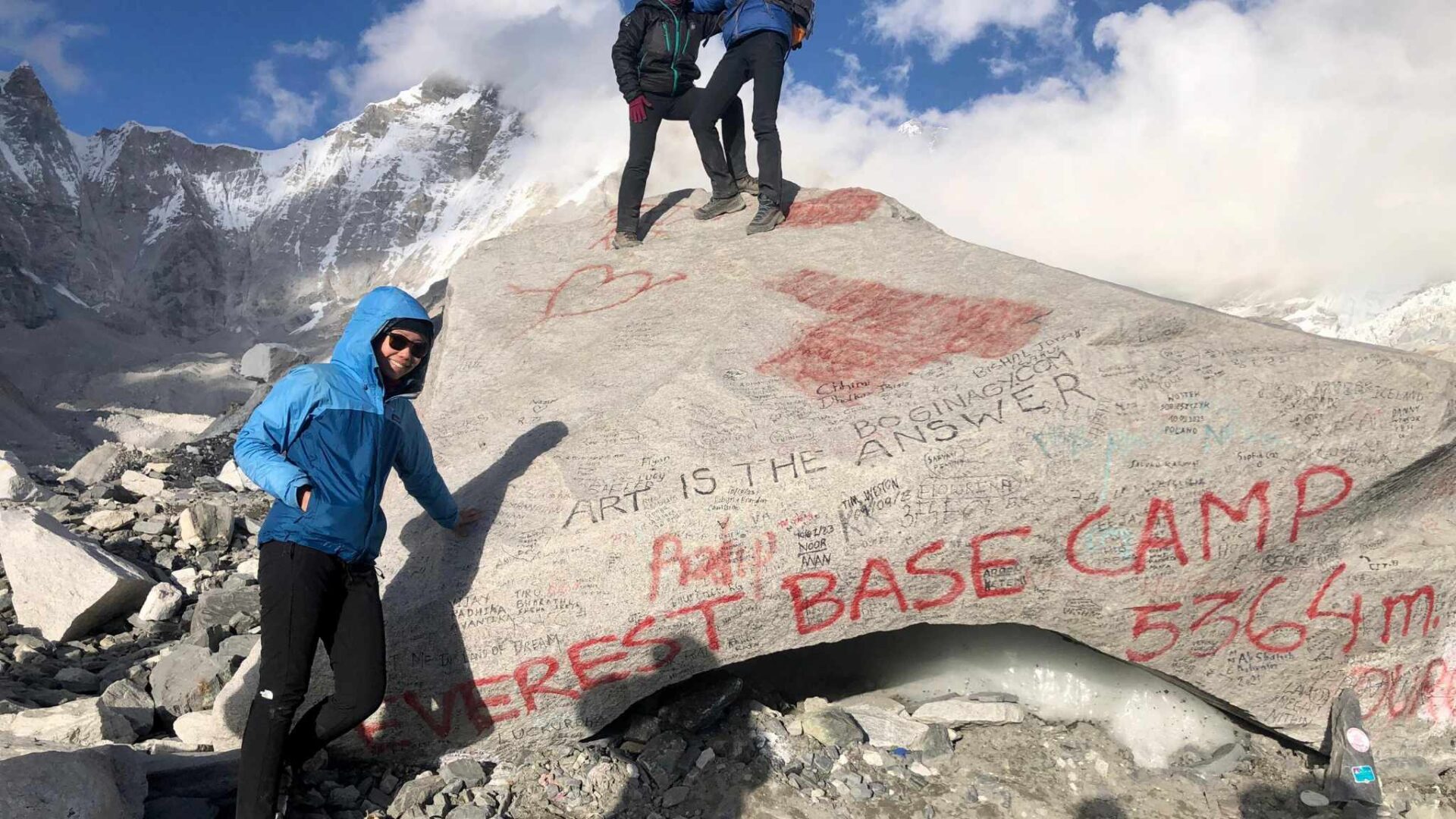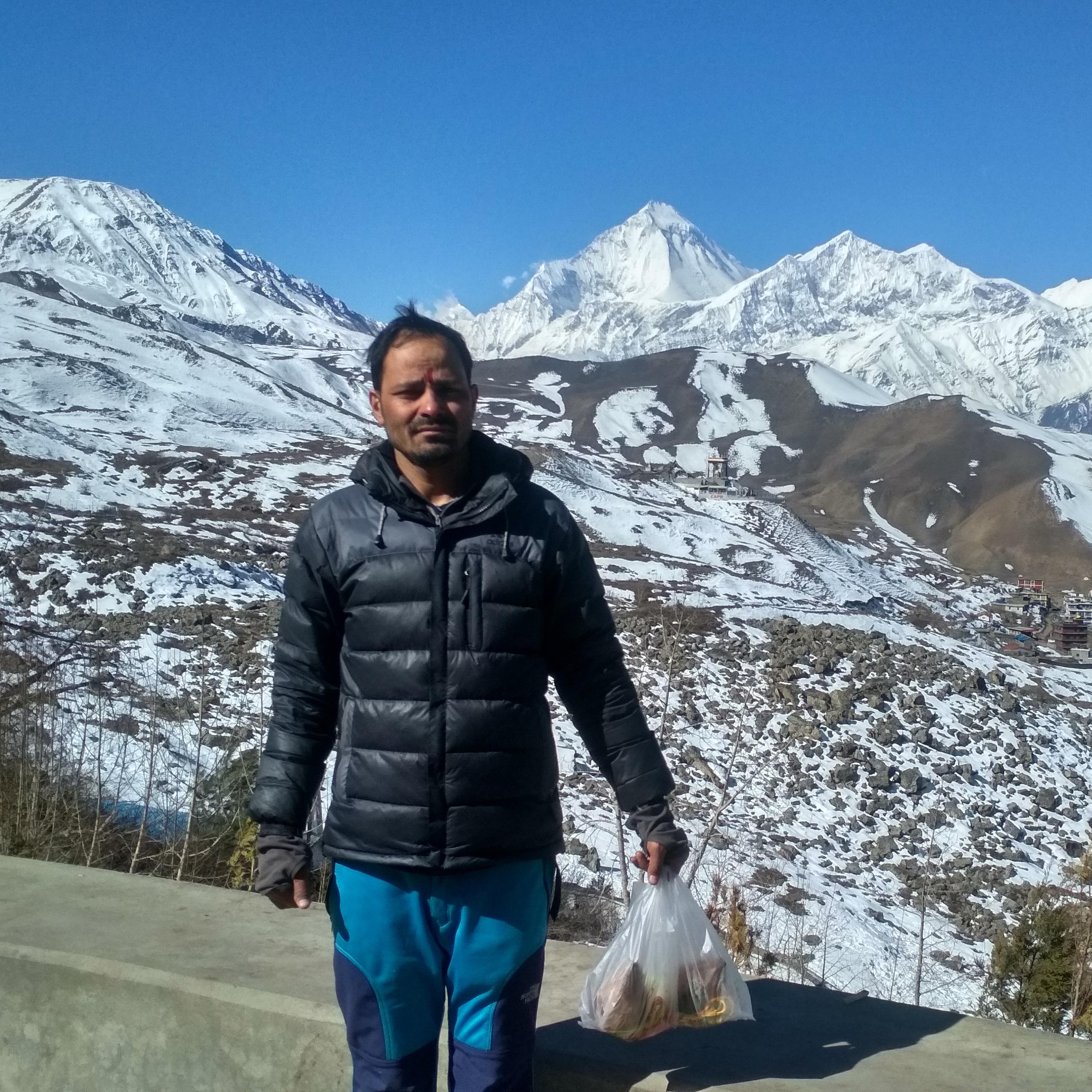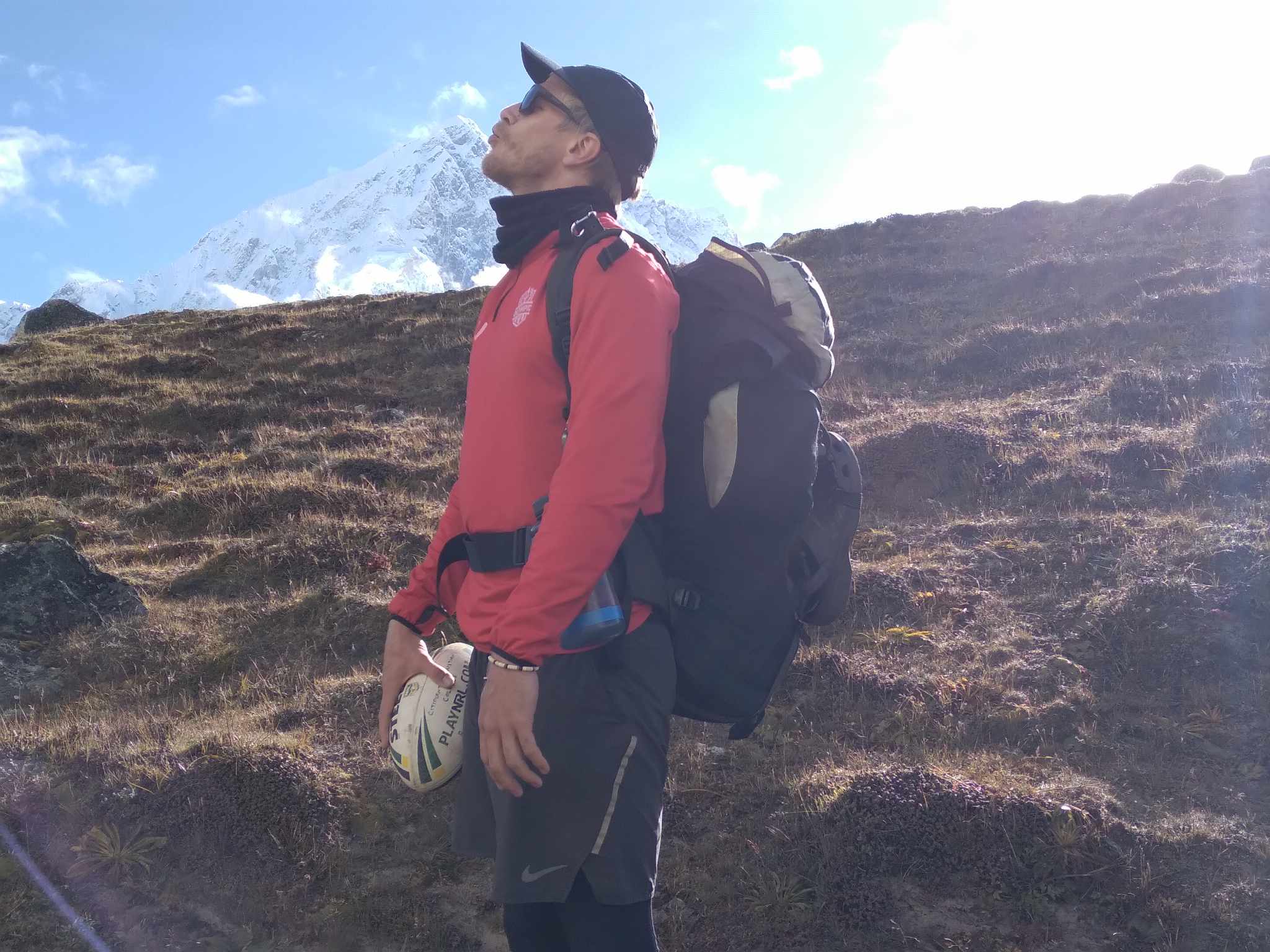Rapid Everest Base Camp Trek – 10 Days
Rapid Everest Base Camp Trek – 10 Days Highlights
- Mt. Everest, the highest mountain in the world at 8848 meters.
- Base camp on Everest in two weeks.
- A breathtaking scenic flight.
- Gorgeous scenes of verdant hills and towering snow-capped mountains.
- Breathtaking views of the sunrise and sunset over Everest from Kala Pathar.
- Discover the venerable Tengboche Monastery.
- Discover Buddhism and Tibetan culture.
- A variety of flower species and dense forests.
- The Khumbu glaciers and waterfall.
The Rapid Everest Base Camp Trek is the most daring, exciting, and ideal journey for hikers who have a burning desire to engage in daring activities but are pressed for time but still want to see Everest from the air and on land. Your long-held dreams of seeing the Everest Base Camp and its surroundings can come true with it. Hikers on the Rapid EBC Trek get to see Tibetan culture and Buddhism while strolling through the stunning valleys of Khumbu and the Sherpa village. The allure of this Everest trek is further enhanced by the breathtaking mountain vistas, diversity of nature and natural resources, and cultural setting.
Moreover, religious objects like Mani stones, chortens, and prayers flags are used to decorate our trek route, which makes the trails attractive and beautiful. Along the way, you will visit the world’s oldest Tengboche Monastery. It is believed that, taking part in the ritual ceremony make you pure and get rid of all the evildoer activities.
All things considered, Rapid EBC treks provide breathtaking views of the Dudhkoshi river valleys and the foot of the Khumbu Himalayas, encompassing views of Makalu, Everest, Lhotse, and many other Himalayan peaks. In a similar vein, you will encounter the distinctive Sherpa culture.
Best season for Rapid EBC Trek
All seasons are ideal for this trek, to put it simply, but March through May and September through November are particularly regarded as the best times due to the clear, sunny mornings that last until afternoon and the abundance of wildflowers that create a cool, inviting atmosphere for hiking.
On the other hand, the second-best season for trekking is from October through early December. In certain high places along the way to EBC, there is a greater chance of snowfall. Night and morning temperatures can drop to minus degrees Celsius. Even so, daytime temperatures are still pleasant because it’s a good time to trek on Everest because you can see the mountains more clearly.
Foods and Accommodation
The teahouses and lodges serve a variety of foods. It includes pizza, momo, steaks, sandwiches, soups, macaroni dishes, and so on. Eating light during lunchtime is preferable because it will help you feel lighter and more at ease while you walk. In addition, you can have pickles, fresh organic vegetable curry, and Nepalese Dal Bhat. However, in addition to the traditional Nepalese meal of Dal Bhat, we always advised garlic soup as a natural way to avoid altitude sickness when traveling at high altitudes.
Cozy rooms are available at the teahouses for the quick EBC trek. The rooms become available on a twin-sharing basis as you go higher. The space is tidy and inviting. Shower and restroom usage will be shared. There are two mattresses, a pillow, and cozy blankets in a room.
Fitness/ Experience
Required for the Rapid EBC trek are a certain level of physical fitness, health, and medical. The EBC is not a difficult hiking route. Generally, depending on the destination, you will be hiking for three to four hours. Therefore, trekkers with heart or lung conditions, or those with chronic illnesses, are not advised to attempt this trek. It is best to stay away from this trip. All hikers with an average level of fitness, however, can easily finish this trail. While not required, it will be advantageous if you have any prior hiking experience or engage in regular exercise.
Travel Insurance
Travel insurance is required for any trek in Nepal, including the Rapid EBC Trek. The journey involves trekking at high altitudes, which can be hazardous and physically taxing. Make sure your travel insurance covers high altitude trekking and emergency helicopter evacuation for the Rapid EBC trek. These can be costly activities without coverage. Get more information about adventure sports, hiking, and mountaineering, among other things.
Altitude sickness
Above 3000 meters in the mountains, altitude sickness is a common occurrence. Your body tries to adapt to the lower oxygen and air pressure at high altitudes by producing symptoms like headache, nausea, exhaustion, shortness of breath, difficulty sleeping, appetite loss, rapid pulse, and severe dehydration, among others. When trekking in the Everest region, if you experience any of these symptoms, you should seek medical attention right away to avoid complications.
These are some suggestions that our knowledgeable trekking guides have used to help hikers avoid altitude sickness on the EBC trek:
- Stop and rest where you are.
- Make sure you’re drinking enough water.
- Do not smoke, drink alcohol or exercise.
- Eating foods and drinking fluids that contain carbs.
Guide and Porter
It is mandatory for all hikers to hire a certified trekking guide and obtain a TIMS card from approved agencies that are registered with the Nepalese government. Nonetheless, our guides are very knowledgeable, helpful, polite, fluent in English, and well-trained.
Of greater significance, they possess a trekking guide license, guide insurance, and technical competence. They always have the necessary tools, supplies, and first aid kits on hand.
Rapid Everest Base Camp Trek – 10 Days Itinerary
Fly from Kathmandu to Lukla and Trek to Phakding
Trek from Phakding to Namche Bazzar
Trek from Namche to Tengboche
Trek from Tengboche to Dingboche
Trek from Dingboche to Lobuche
Trek from Lobuche top Gorakshep via Everest Base Camp
Trek from Gorakshep to Pheriche via Kalapatthar
Trek from Pheriche to Namche Bazzar
Trek back from Namche to Lukla
Fly from Lukha to Kathmandu and Transfer to Hotel
Rapid Everest Base Camp Trek – 10 Days Inclusions
What's included
- Three times meals a day- Breakfast, Lunch, Dinner, tea/ coffee and accommodation during the trek
- Snacks such as biscuits/ peanuts and seasonal fresh fruits desert during the trek
- National Park entrance fee and TIMS Cards
- Kathmandu to Lukla to Kathmandu by regular flight and Gorak Shep to Lukla by Helicopter
- One experienced (government licensed) and qualified English speaking guide
- One porter for two trekkers
- Guide/ Porters: food, lodge, transportation, salary, insurance, equipment etc
- First aids kit and Duffel bags
- All taxes and company service charge
Add-ons
What's not included
- International airfare and visa fees
- Lunch and dinner in Kathmandu
- Personal expenses of bar and beverage bills, wifi, hot shower, bottle of water, extra porters, laundry or any other things which are not mentioned by the company
- Your trekking gears and extra nights in a certain destination
- Your travel insurance which should include the emergency rescue
- Tips for your guide and porters
- Entrance fees during the sightseeing
- Extra expenses due to any event such as strikes, weather conditions or flight delays
Rapid Everest Base Camp Trek – 10 Days FAQs
How high is Everest’s Base Camp?
Travel by small plane (17–19 people occupy) from Kathmandu (1310m) to Lukla (2860m), which takes approximately 30 minutes. From there, begin your trek to the south face of Mount Everest Base Camp (EBC), which is located at an elevation of 5380m, or 17600ft, above sea level.
How difficult/challenging is this trek? Does it fit any trekkers?
This hike is on the moderate end of the trekking spectrum. Despite its steep ascents and rolling plains, the tour is usually doable even for inexperienced hikers of any age. However, the hiker needs to be in good physical shape. Prior to organizing this EBC Trip, it is suggested to get some training in order to cope with high altitude sickness. Since seniors and those at minimum age can still participate in this trekking, there is no set age restriction. Nevertheless, it is advised to be aware of the itinerary, route map, difficulty, altitude, action challenges, fitness, prescriptions, requirements, and additional guidance from news or blogs. Examine the necessary information prior to traveling to Nepal, as well as the trekking information when organizing this EBC trip there.
How far or long does it take to reach the EBC?
The entire trek to Everest Base Camp is 38.58 miles, or 62 kilometers. Reaching Everest Base Camp (EBC) will take 7 to 8 days, and returning to Lukla will take 3–4 days. Due to the high altitude and potential for AMS, the hike to EBC is typically slower; you will need to get used to the new heights. You won't walk more than 8–10 kilometers a day; as you hike farther, you’re walking pace will decrease. Due to flight cancellations resulting from inclement weather, it is advised to extend your stay in Kathmandu and begin the hike as soon as possible after arriving.
What is the standard itinerary, Budget, the best season for Everest Base Camp Trek, and Can I join a group?
The best seasons/months/times for the 12-day Everest Base Camp Trek are autumn (September, October, and November) and spring (March, April, May). Due to heavy snowfall in the winter (December, January, and February) and heavy rains in the summer (June, July, and August), EBC trekking can be particularly difficult during other months.
Yes, in regards to joining the group! You are welcome to join the group, but we must first view your available dates. Nonetheless, the Everest Base Camp hike can be completed alone, and each of our trek itineraries includes a single guide and porter.




